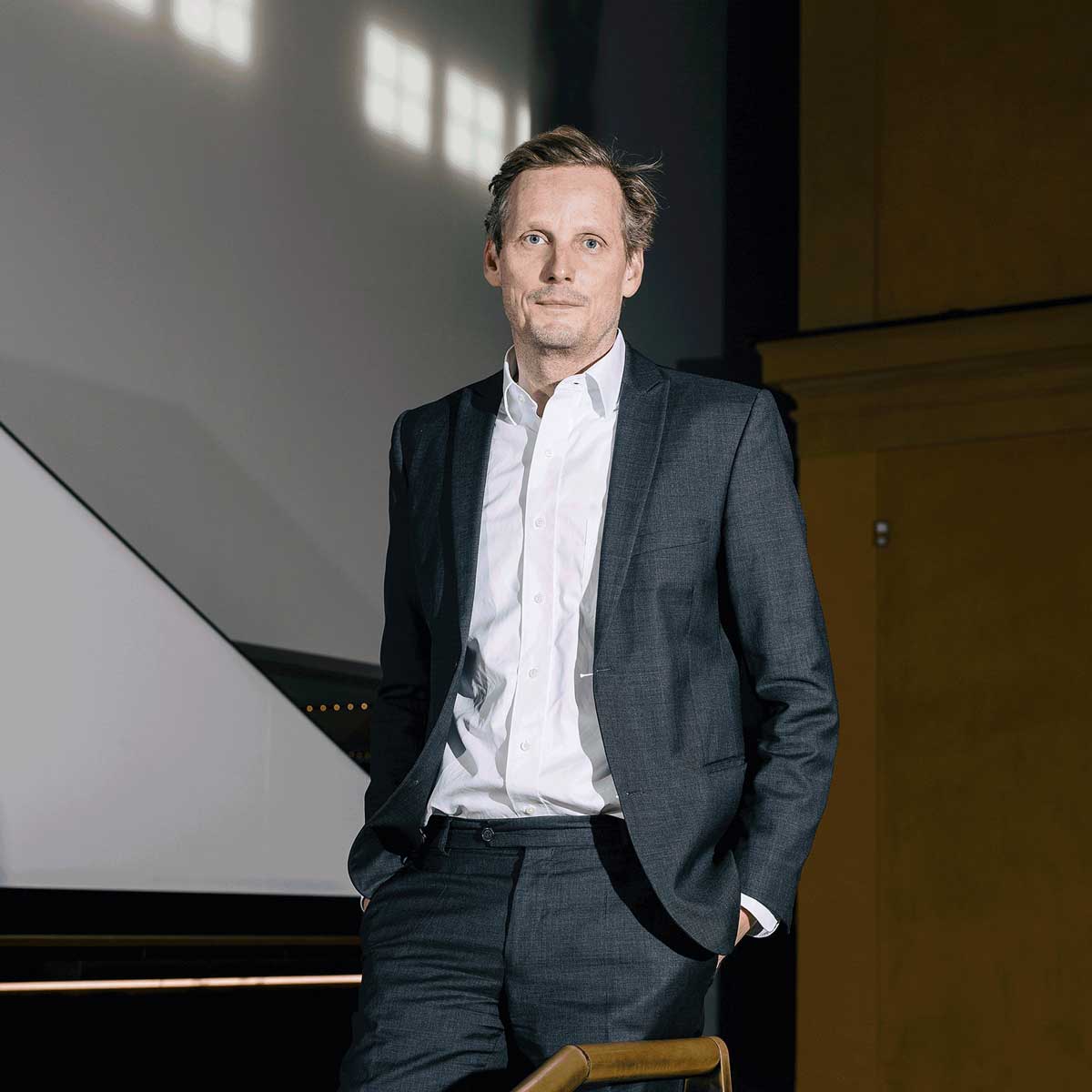Richard Siegal, Tänzer und Choreograph ist Gründer und künstlerischer Leiter des Ballet of Difference. Er hat internationale Aufmerksamkeit für ein Werk geschaffen, das Performances, New Media Projekte, Workshops und Publikationen umfasst. Die Home Base seiner Tanzkompanie war zuerst das Muffatwerk in München, aktuell ist es das Schauspiel Köln. Beide Institutionen haben uns für ihr Corporate Design beauftragt und sind Gastgeber für die neuesten Produktionen der 12 Tänzer des BOD. Für unseren Newsletter haben wir Richard Siegal gefragt wie wichtig aus seiner Sicht das Thema Design für den Tanz ist.
H W
What role does design play in dance?
R S
I think that making dances for the stage already overlaps with and are indebted to many subsets of design ranging from scenic to fashion, graphic to sound. I have also been particularly inspired, in my work, by architectural and industrial design. Moreover, it can be said that the choreographic process, itself, is a type of design process. Although I do not make products, I do make something which is intended to be used by another as a chair is designed not as an end in itself but to be used by a body. In that sense, my choreography is simply a vehicle to enable others' dancing. Further, the principles and methods used to effectively put bodies into motion may in some cases be identical to those used in designing, for instance, an object. The movement we see on stage is researched, modeled, iterated, critiqued, refined, framed, and negotiated into being within the given conditions specific to its creation. My materials are human, however! This is what makes the work endlessly interesting to me. Dancers respond to each other and everything else about their environment that changes including the space and sound, the light and clothing, who is with them in the room, and their own sensations at any given moment. “Choreographic Design” is perhaps, in this way, unique. It is implicitly collaborative, delicate, and evanescent in its nature.

